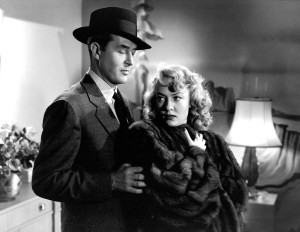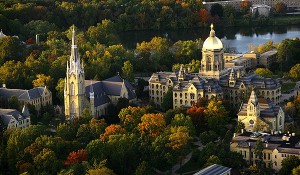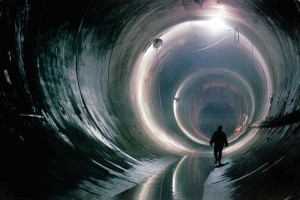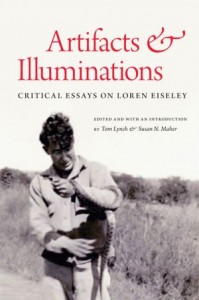I’m a big fan of obituaries, and always read them with great fascination. This week there was a dandy story of an elegant lady from my hometown of Joliet who passed away at the ripe old age of 95. Despite being fan of film noir, I had not known that noted femme fatale Audrey Totter was a Joliet native.
Totter was born 3 years after my paternal grandmother, Millie Bryson; they very well may have seen each other as students at Joliet Township High School. (I’ll have to check Gram’s senior yearbook for clues.)
Here’s the obituary published by Tina Akouris in Tuesday’s Joliet Herald-News. Also see this excellent write-up in the New York Times.

Joliet native Audrey Totter, a radio actress who became a movie star by playing femme fatales in 1940s film noir, including “Lady in the Lake,” has died. She was 95.
Totter’s daughter, Mea Lane, reported that her mother died Thursday at a Los Angeles hospital after recently having suffered a stroke.
Totter was born Dec. 20, 1917 and began her acting career in radio in the later 1930s. She was signed to a movie contract with MGM starting in 1944.
She had her debut in “Main Street After Dark” in 1945. After landing a small part in “The Postman Always Rings Twice,” Totter went on to a series of roles as a tough-talking, scheming blonde.

Her breakthrough came with “Lady in the Lake,” the 1947 adaptation of Raymond Chandler’s detective story. She also appeared in the thriller “The Unsuspected” and the boxing drama “The Set-Up.”
After retiring to raise a family, Totter resurfaced on television in 1954 and appeared in several television series, including the role of Nurse Wilcox on “Medical Center” from 1972-76.
Her brother, Joliet resident George Totter, 90, has a favorite story to tell about his older sister. He said she tried out for the senior play at at Joliet [Township] High School (now Central), but the teacher in charge of the play didn’t think she could pull it off.
“He had a favorite student whom he wanted to get that role,” George Totter said in a telephone interview. “When Audrey came back for a visit years later, she went back to the school and that same teacher saw her.”
Totter said the teacher took Audrey into his classroom and introduced her, saying, “I always knew she’d be a star.”
“She told me when she heard that she almost vomited in the classroom,” George Totter said.
He said his sister met a doctor in Korea, Leo Fred, “while she was performing for the troops (with the USO), and they met again when they were in Los Angeles and got married.”
The couple were married for 42 years until Fred’s death in 1995.


